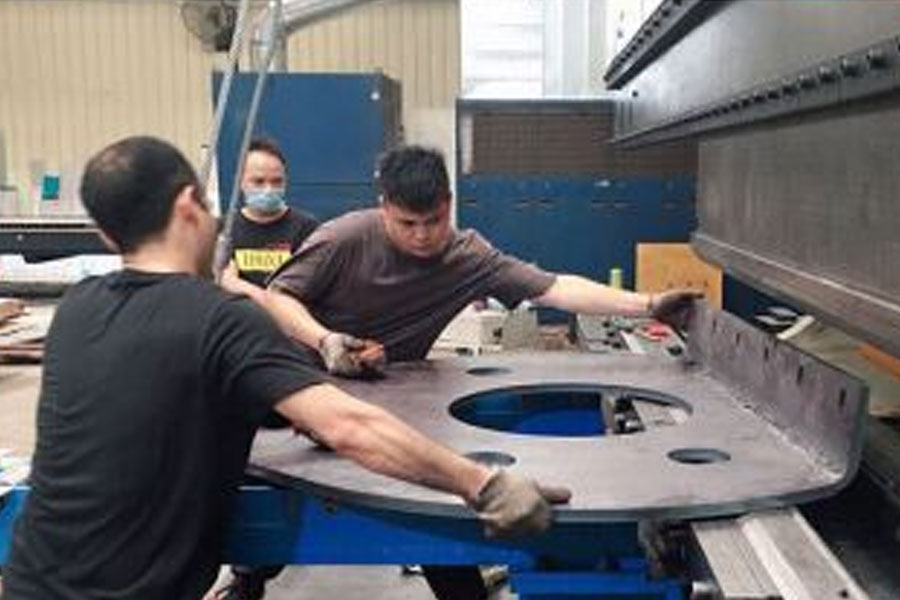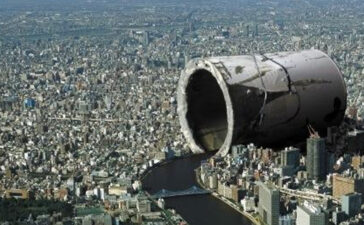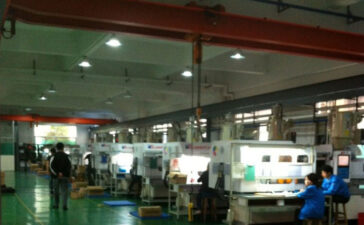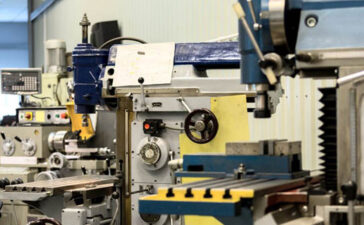The existence of forging defects may affect the processing quality or processing quality of the subsequent processes, and some seriously affect the performance and use of the forgings, and even greatly reduce the service life of the finished parts and endanger safety.
Therefore, in order to ensure or improve the quality of cold forgings, in addition to strengthening quality control in the process and taking corresponding measures to prevent the occurrence of forging defects, necessary quality inspections should also be carried out to prevent subsequent processes (such as heat treatment, surface treatment, cold processing, etc.). ) And forgings with defects that have adverse effects on performance will flow into the subsequent process. After quality inspection, remedial measures can be taken on the forgings made according to the nature of the defect and the degree of influence to use, so that it meets the technical standards or requirements for use. Therefore, in a sense, the quality inspection of forgings, on the one hand, is to check the quality of the forgings that have been made, and on the other hand, to point out the improvement direction for the forging process, so as to ensure that the quality of forgings meets the requirements of forging technical standards and meets the design Requirements on processing and use.
Forging
The quality inspection of hot forgings includes the inspection of appearance quality and internal quality. Appearance quality inspection mainly refers to the inspection of the geometric size, shape, surface condition and other items of the forging; the internal quality inspection mainly refers to the inspection of various items such as the chemical composition, macrostructure, microstructure and mechanical properties of the forging. Specifically, the appearance quality inspection of forgings is to check whether the shape and geometric dimensions of the forgings meet the specifications of the drawings, whether the forgings have defects on the surface, what kind of defects are they, and what are their morphological characteristics. The inspection content of the surface condition is generally to check whether the forging surface has surface cracks, folds, wrinkles, pits, orange peel, blisters, scars, corrosion pits, bruises, foreign objects, underfill, pits, lack of meat, Defects such as scratches. The internal quality inspection is to check the internal quality of the forging itself. It is a quality condition that cannot be found by the appearance quality inspection. It includes the inspection of the internal defects of the forgings and the inspection of the mechanical properties of the forgings. Parts or large metal forgings should also be subjected to chemical composition analysis.
Forging
For internal defects, we will use low-power inspection, fracture inspection, and high-power inspection to inspect the forgings for the presence of internal cracks, shrinkage holes, porosity, coarse crystals, white spots, dendrites, and streamlines that do not conform to the shape, Defects such as streamline turbulence, penetrating flow, coarse crystal ring, oxide film, delamination, overheating, overburning organization, etc. For the mechanical properties, it is mainly to check the normal temperature tensile strength, plasticity, toughness, hardness, fatigue strength, high temperature instantaneous rupture strength, high temperature permanent strength, permanent plasticity and high temperature creep strength.
After the forgings are produced into rigging, their stress conditions, importance, and working conditions are different during use, and the materials and metallurgical forging used are also different. Therefore, different departments will classify forgings according to the above conditions and the requirements of the department. , Different departments and different standards have different classifications of forgings.
Copyright notice: This article comes from https://beautyblog.top/








